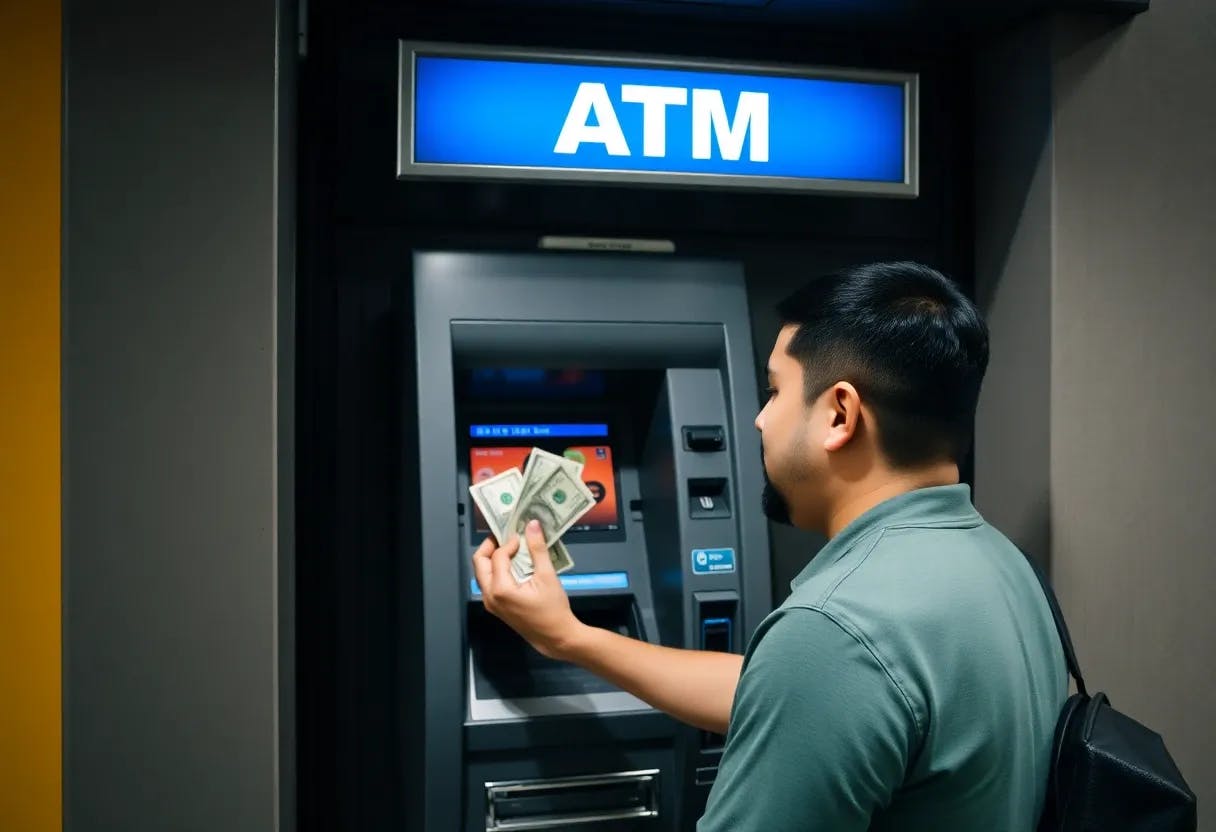Table of Links
- Stablecoins and Lending Markets
- Fixed-Rate Lending Protocols and Derivatives
- Staking Derivatives
- Staking Fees as Stable Interest
- Stabilization Mechanisms
- Some Caveats
- Diversification, Interest Rates Swaps, and Tranching
- Towards Universal Basic Income
- Closing Remarks
- Acknowledgements and References
2 Stablecoins and Lending Markets
Besides the existence of PoS blockchain systems, the protocols for the generation of stable interest assumes the availability of several instruments and decentralized finance (DeFi) products [17]. The most basic of these include stable currencies (sometimes called stable coins) pegged to real-world fiat currencies. Examples include Tether (USDT) [18], MakerDAO’s DAI [19], Binance’s BUSD [20], Terra’s UST [21]. These are all pegged to the US dollar. There are also stablecoins for other currencies, such as Korean won [22], British pound [23], etc. The different mechanisms for how the peg is achieved have been reviewed elsewhere [24, 25]. One interesting fact is that they do not necessarily have to be backed by real-world fiat assets. Some are backed by other cryptocurrencies, yet others maintain their value by algorithmically adjusting the supply. Accordingly, they come with varying degrees of absolute stability. Nevertheless, overall, for the major stablecoins including the ones mentioned above, the stabilization mechanisms have been shown to be generally effective over the past couple of years, withstanding considerable market volatility. Also, insurance options are now available to mitigate the risks of unpegging [26, 27].
Stablecoins are important for our purposes; for the stable interest rates to be meaningful to the typical household savers, both the savings and the interest have to be in terms of everyday currencies. With them, one can already earn savings interest without exposing oneself directly to the volatility of the cryptocurrency market. Protocols like COMPOUND [28], Maker [19], and AAVE [29] allow loans to be provided to borrowers who put down cryptocurrencies as collateral. Savers can deposit money into these protocols to form a pool for the loans. Because borrowers have to pay interest on their loans, part of that translates into the interest to be paid back to the savers in return. These interest rates are determined by market mechanisms [30], reflecting the expected values of future assets.
In part due to the semi-anonymized nature of financial engagement with cryptocurrency, with few exceptions [31], long-term loans tend to be overcollateralized, meaning that one has to put down a higher amount of ‘collateral’ in order to borrow. This overcollateralization ratio is typically up to 150% to 200%, meaning that for every $1 borrowed one has to put down as collateralization something worth up to $1.5 or $2. This way, if a borrower defaults, the lender would be protected. Also, the collateral itself is typically in a cryptocurrency that fluctuates in price. Should the worth of the collateral diminishes so that the expected overcollateralization ratio cannot be maintained, the lender can seize the collateral (in accordance with prior agreement) and sell it immediately to avoid a loss. With overcollateralization, even slippage during a flash crash should not lead to a loss on the lender’s part. If the process of liquidation is achieved more efficiently and quickly, some lenders can even afford to offer a lower overcollateralization rate e.g. at just 110% [32]. Accordingly, ‘bad debt’ as we traditionally understand it does not really occur as such in decentralized finance. Given the nature of contracts in advanced blockchain systems (known as Smart Contracts [33, 34]), theoretically they are completely binding and frictionless to execute.
In terms of economic incentives, some borrowers may be willing to put down collateral because they expect the value of them to go up in the future. So they do not want to sell the collateral at the current price. And yet, while ‘holding’ the cryptocurrency for the longer term, if the asset is deposited as collateral, the loan gives them instant liquidity, which may allow them to reinvest further into the market via leverage. This is part of the reason why they are willing to pay for the loan interest. In this sense, at least part of the savings interest ultimately comes from the expected growth of the cryptocurrency market, even though the savers do not have to partake into the market speculation directly in order to enjoy the interest as income.
However, as of the time of writing, the interest rate for borrowing and lending tends not to exceed 10% annual rate [35]. This is already far higher than current fiat interest rates. In fact, this is on par with, or just outperforms in some cases, most other major forms of low-risk investments, like national bonds, pension accounts, etc. And if one is to be paid back in stablecoins, the risks involved are likewise relatively small. However, one caveat is that it is unclear if borrowers would be willing to pay high interest during a bear market. Importantly, as we will discuss below, it may also be possible to generate stable interests at as high as 20% annual rate, by capitalizing on other sources of revenue besides anticipated market growth.
Authors:
(1) Hakwan Lau, Center for Brain Science, Riken Institute, Japan ([email protected]);
(2) Stephen Tse, Harmony.ONE ([email protected]).
This paper is available on arxiv under CC BY-SA 4.0 DEED license.


